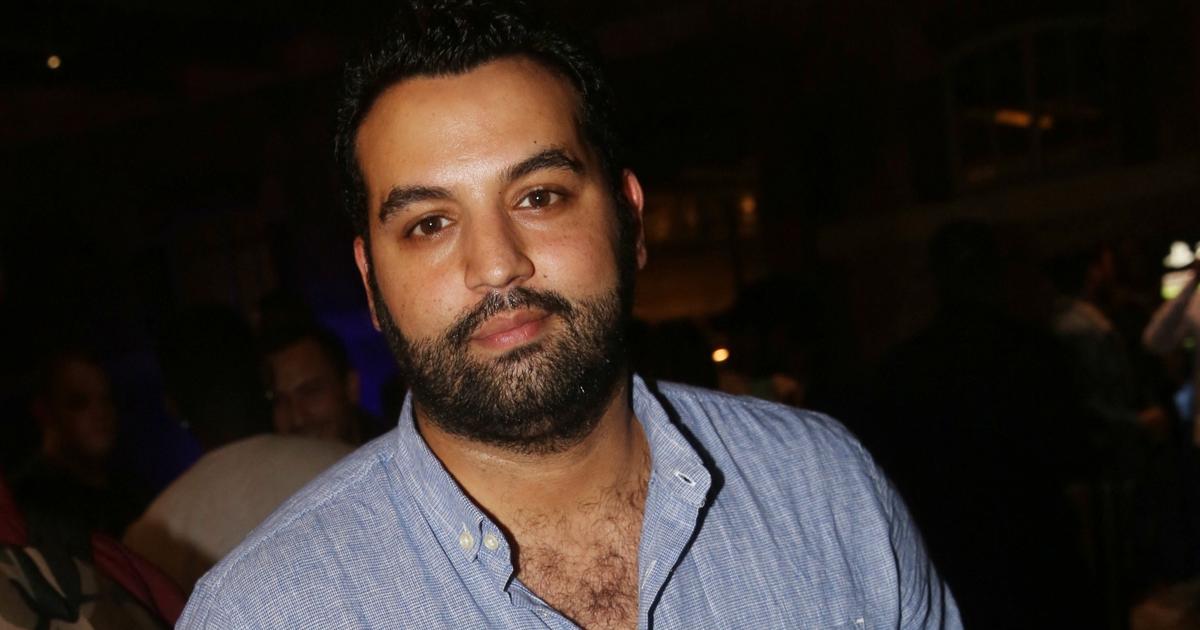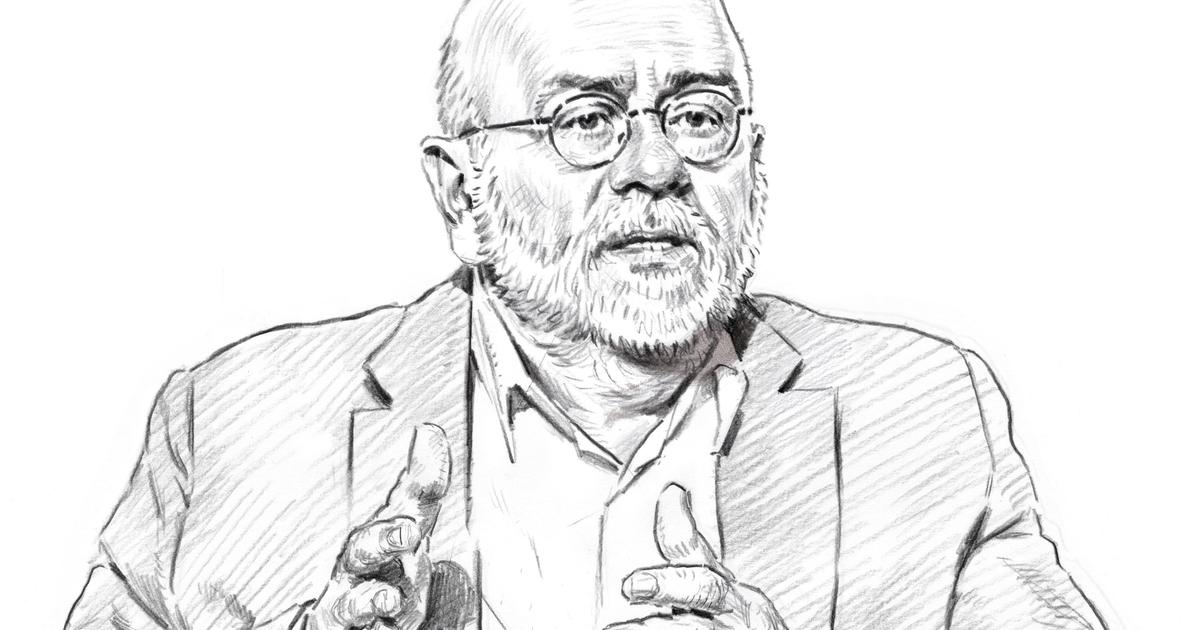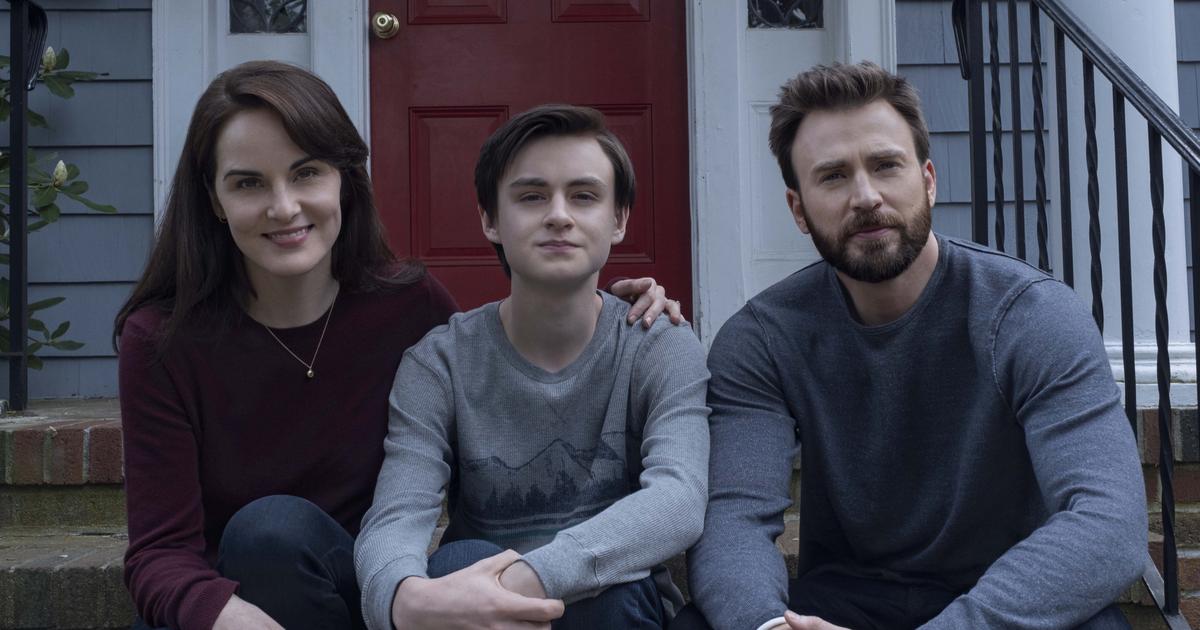A popularity rating that continues to erode.
After the broadcast of videos, in the same week, of a violent arrest of a music producer in Paris and of an eventful evacuation of a migrant camp, still in the capital, the police are under the fire of critics, both the public and media personalities.
These images also revived the debate around police violence - a term that the Ministry of the Interior, as well as the President of the Republic, have often rejected in their speeches.
However, in public opinion, the term has become more and more recurrent, as business multiplies over time, and becomes more publicized via social networks.
A renewed confidence after Charlie and the Bataclan
The distrust experienced by the police by certain sections of the population is not new.
The death of Zyed and Bouna in Clichy-sous-Bois in 2005 after a chase with police officers, and the revolts that followed in several suburbs, had already highlighted the many tensions between residents of certain difficult neighborhoods and police force.
But in 2015, the public regained confidence in the work of the police.
Several months after the Charlie Hebdo and Hyper Cacher attacks - and the great support march that followed - an Odoxa poll for the Express showed that 84% had a good opinion of police officials.
It was, then, 20% more than in 2014, in a similar study by the same institute.
LP / Arnaud Journois
This feeling was obviously reinforced after the attacks of November 13.
In January 2016, the review L'Essor de la gendarmerie revealed that 88% of French people had a favorable opinion of the gendarmes, and 82% of the police.
The review then specified that these results were the highest ever measured since the existence of this barometer, launched in 2012 with Ifop.
Newsletter - Most of the news
Every morning, the news seen by Le Parisien
I'm registering
Your email address is collected by Le Parisien to enable you to receive our news and commercial offers.
Learn more
In the spring of 2016, the atmosphere begins to change.
The Labor bill was unveiled in February by the then Minister of Labor, Myriam El Khomri, and triggered a wave of protests across France.
Unions and student organizations, worried about seeing workers' rights decline, frequently demonstrate in the street.
In Paris, it is the beginning of Nuit Debout, a movement to occupy the Place de la République.
READ ALSO>
Night standing: story of two months of sleepless nights
The demonstrations often give way to violent clashes between police and demonstrators.
With a novelty: this time the demonstrators have the possibility of filming the police - and the demonstrations of violence.
In Rennes, a young man loses his eye after receiving an LBD shot in the face.
In June, there were dozens of investigations launched by the IGPN for suspicion of police violence during demonstrations.
In September, it is a Southern trade unionist who loses, in turn, the use of his eye after receiving a piece of tear gas canister in the face, in Paris.
Adama and Théo, new faces of violence
A new poll, this time done by BVA for the Obs, shows that the French still have a good opinion of the police: they are 86% to see it positively, even if this proportion drops to 52% and 42% among PS supporters and EELV sympathizers.
Only 21% of French people considered that the use of force by the police was excessive during demonstrations against the labor law.
The same summer arises a case that will ring out again years later: that of Adama Traoré, a 24-year-old man who dies after an arrest in Val-d'Oise as part of an investigation for extortion.
According to his relatives, the young man died after being suffocated by the police.
A few months later, at the beginning of 2017, another name appeared in the media scene, for a new case of police violence: that of Théo Luhaka, a young 24-year-old, who, during a control, receives a baton in the rectal area.
An injury which he will feel the consequences for several more years.
READ ALSO>
Theo case: three police officers sent back to the Assize Court
The two cases bring back to the heart of the debate the term police violence, already used but often limited to tense relations between residents of difficult neighborhoods and the police.
Yellow vests in the street, a new theater of violence
It will be necessary to wait for the year 2018, and the emergence of the yellow vests movement, for it to become more commonplace.
From mid-November, thousands of demonstrators roam the streets of the big cities of France, and occupy their roundabouts.
But at nightfall, evacuations of demonstrations regularly result in violence.
Massive mobilization on social networks, media spokespersons, rallies filmed live ... The means and voices are multiplying to speak and illustrate the violence suffered by the demonstrators.
The names of demonstrators injured by LBD fire, tear gas canisters or police shots are spreading in the media and online: there is obviously Jerome Rodrigues, one of the figures of the movement, who loses an eye, or Geneviève Legay , a 73-year-old activist violently run over by a police charge.
LP / Arnaud Dumontier
The case of Zineb Redouane will remain one of the most striking: this 80-year-old resident of Marseille dies after receiving a tear gas canister thrown in the face by a police officer during a demonstration on December 1, 2018. Zineb Redouane did not do this. part of the procession of yellow vests: she was then at the window of her apartment, located on the 4th floor of a building in the Noailles district.
READ ALSO>
Death of Zineb Redouane in Marseille: an expertise exonerates the police officer who fired the grenade
In May 2019, there were nearly 250 investigations launched by the IGPN for suspicion of police violence during demonstrations of yellow vests.
However, a good number of them have been classified.
The "anti-cop hatred" on the rise
On the ground, the police say they are exhausted.
Exhausted by the Saturdays of mobilization, but also by the “anti-cop hatred” that they denounce.
As for the polls, the figures are still falling.
In April 2019, six months after the start of the mobilization of yellow vests, only 74% of respondents said they had a positive opinion of the national police, against 82% for the gendarmerie, according to an Elabe poll for BFMTV.
In June 2019, a new name was added to the list of victims of alleged police violence: Steve Maia Caniço, who disappeared in Nantes during an eventful evacuation in the midst of a music festival on the banks of the Loire.
His body was found in the river almost a month after news of his disappearance was announced.
Since then, his relatives continue to point the finger at the responsibility of the police in the case.
In the meantime, the percentage of positive opinions of the police has plummeted.
In January 2020, an Ifop poll had only 60% of respondents in favor of the police, or 11% less than in one of their polls in August 2019.
The Black Lives Matter wave around the world
In spring 2020, this dissatisfaction is massively reflected in the streets.
While the Covid-19 epidemic imposes containment on a good part of the planet, we see arriving, from Paris to New York, via London and Sydney, thousands of demonstrators after the death of George Floyd, an American suffocated by a police officer during a violent arrest.
The images of his death had then toured the world.
The demonstrations are then stamped "Black Lives Matter" ("The lives of blacks matter" in French), an anti-racist movement born in the United States.
VIDEO. Death of George Floyd: all the images on board two police officers unveiled
The start of the dispute coincides with new revelations about the Adama Traoré affair.
An expert report unveiled at the end of May ensures that the young man did not die of asphyxia caused during his arrest, but of "cardiogenic edema".
A private expertise, ordered by the family of the deceased, contradicts this result, and ensures that there had indeed been asphyxiation.
LP / Philippe de Poulpiquet
It is then the resumption of the movement "Justice for Adama", which embodies the protest against police violence, but also the denunciations, by its supporters, of racism within the police.
Charges quickly dismissed by the authorities.
“When I hear the word police violence, I personally suffocate,” the Minister of the Interior, Gerald Darmanin, later reacted to the Assembly.
An Odoxa poll dating from June shows more positive results than the Ifop poll of January 2020. According to him, 76% of French people have a good opinion of the police.
However, he notes the same phenomenon as among competing pollsters: the popularity of the police is eroding, with 8 points less than after the attacks of 2015.
This fall, the protest against police violence has resumed.
In the evening of Monday, videos showing the muscular dislodgement of a migrant camp installed on the Place de la République, in Paris, strongly shocked the public and even the Minister of the Interior Gerald Darmanin.
Later, it is the video of a violent arrest of a music producer, in the 17th arrondissement of Paris, which will upset even more.
Paris: Michel, hit by police under the eye of a camera
There are also the multiple videos of violence that took place on the sidelines of demonstrations against the proposal for a comprehensive security law on Saturday - which, precisely, wants to condemn the dissemination of images showing law enforcement officers in action.
The shocked reactions of personalities accumulate, even among intellectuals.
"We are torn," says the writer Leïla Slimani in the columns of Liberation, which sums up the ambivalence of opinion vis-à-vis the police: "[We are] terrorized by the terrorists and happy that the police are there to protect us, but also terrorized by the idea of going to demonstrate.
"















